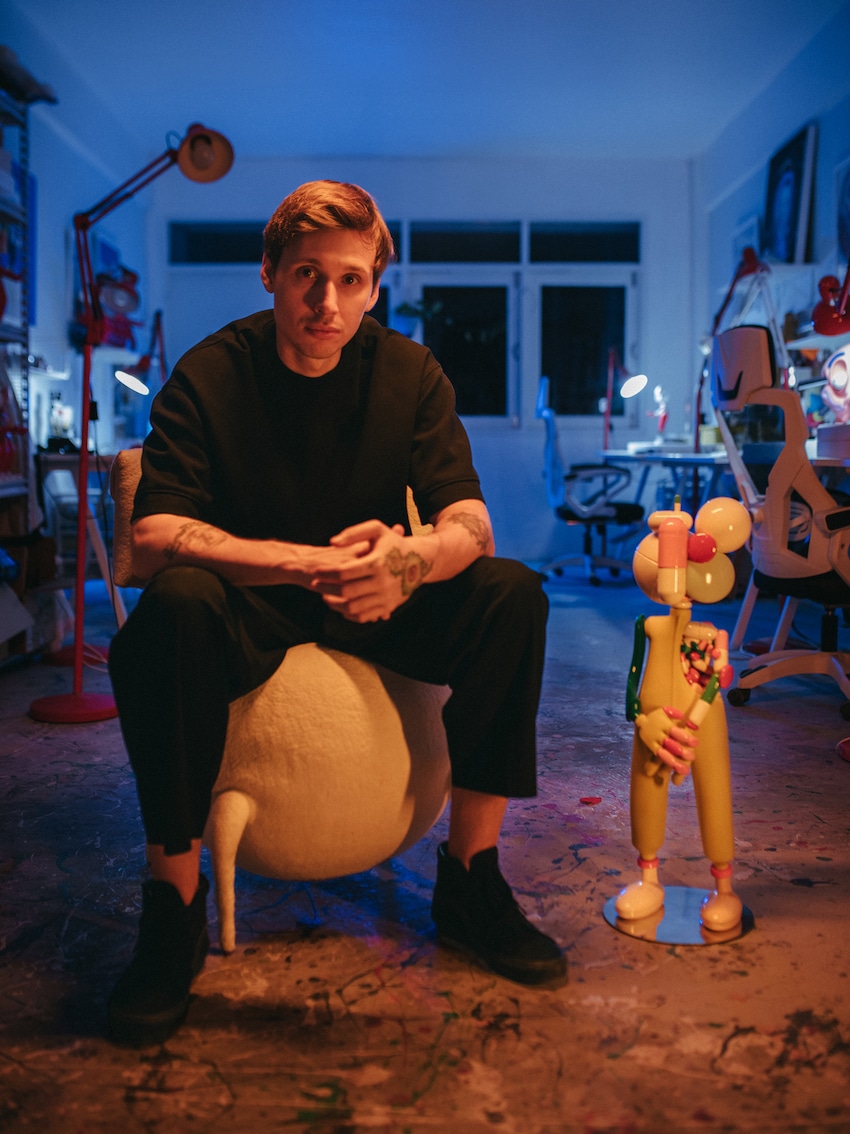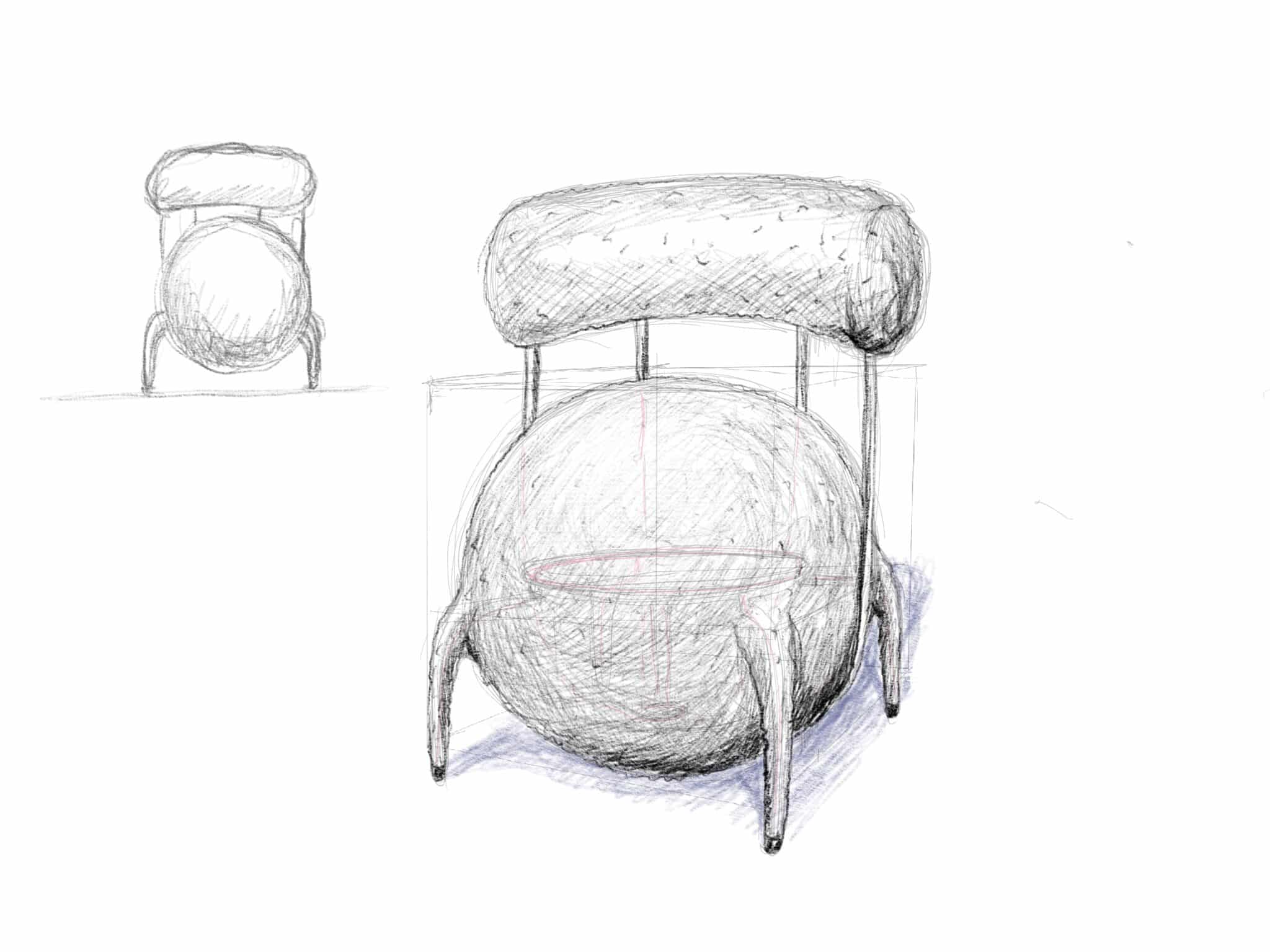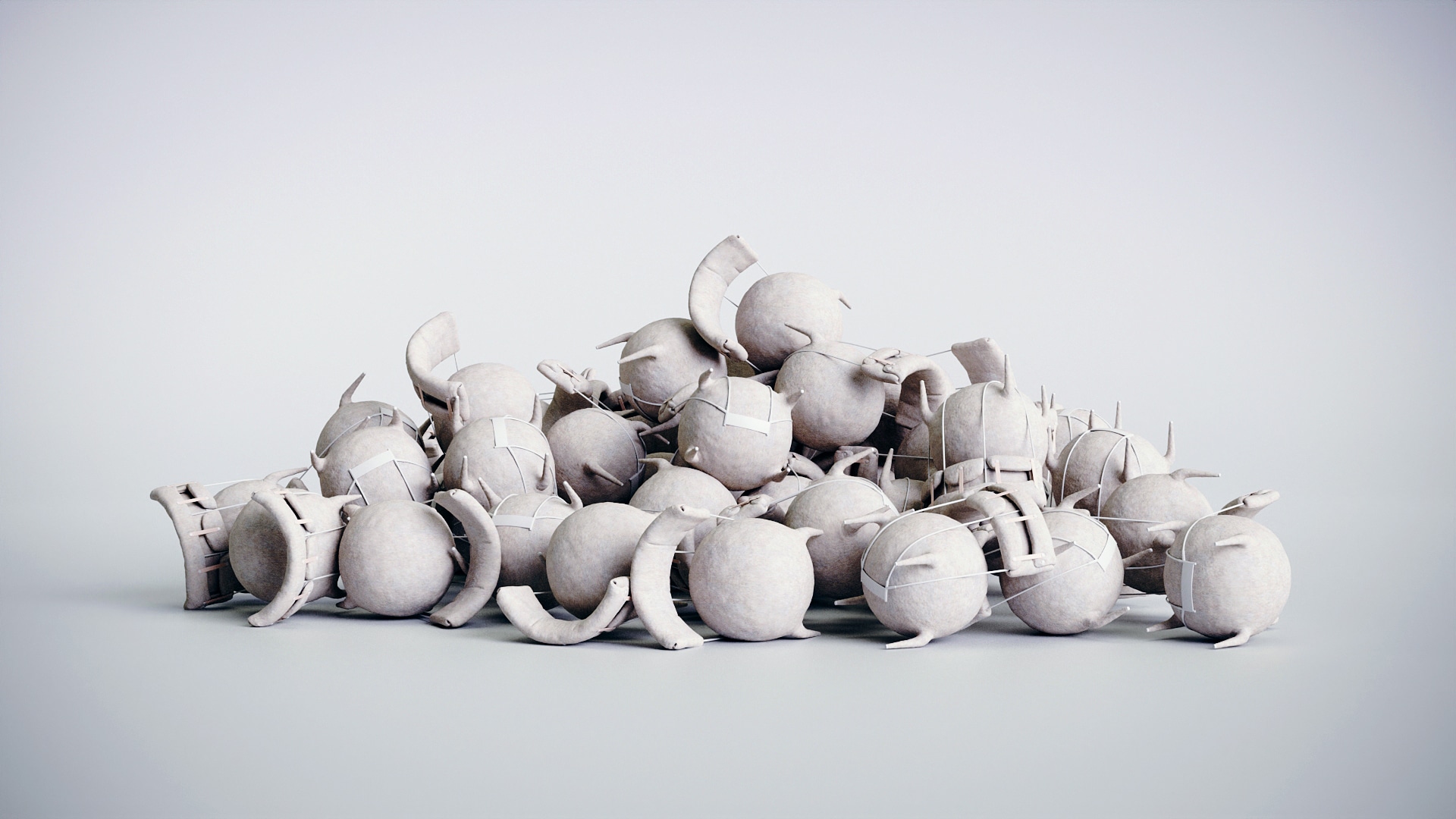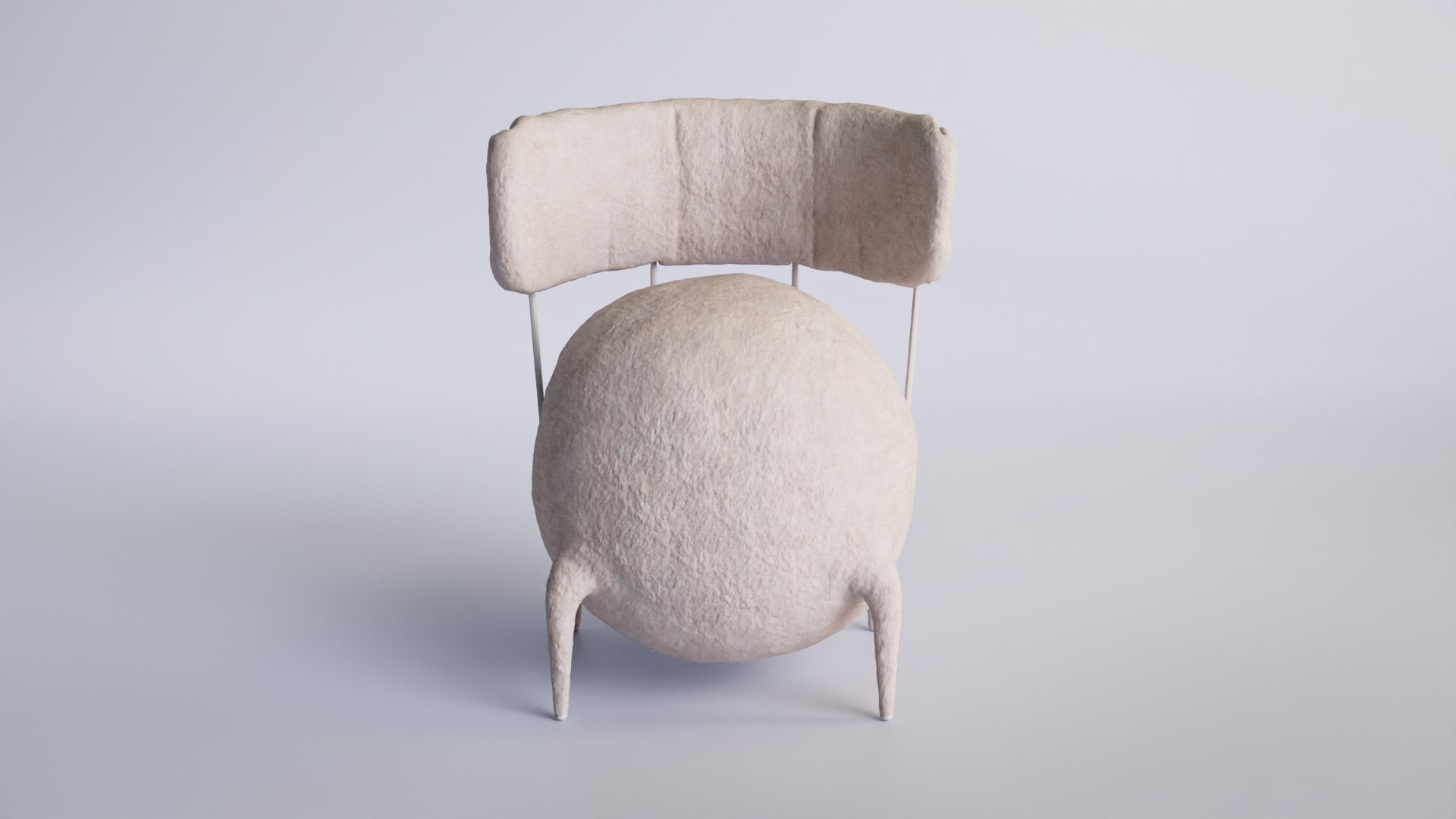
Behind the Scene : Taras Yoom

The Lymphochair
My backstage theme is the creation of an object’s image, the selection, and subsequent work with materials. Since an object starts with an idea, and my works, both in design and art projects, are centered around people, humanity, on what enriches a person — I approach project realization very scrupulously.
I thoroughly research the topic, consult encyclopedias, find scientific articles, study them, and gather all the information related to the subject. For instance, the topic of immunity, which is explored in Lymphochair. Initially, I studied how the immune cells of the body function, why they have such shape and texture. It was crucial for me to understand their basic structure and purpose. Then, I studied the impact of knowledge about the functioning of these cells on the functioning of the human immune system. I consulted with staff at oncology centers and pulmonary clinics, trying to explore the topic from all angles.

When the chair’s image formed, it was simply a spherical shape, and I added legs to it, animating, imbuing it with life, implying them as protein projections that will now capture prey. I needed to maintain the crystallinity of this image, making the back very light, superficial, not part of its body. Thus, the form and geometry were created.
The next stage was to mimic the shape of a lymphocyte, which has a textured, bumpy surface, influencing the choice of materials. Boucle fabric didn’t fit, it’s smooth and more similar to epithelial tissue, and in some way, unnatural, too uniform. But lymphocytes, on the contrary, have uneven bumpiness, slightly varying in volume. And the only way to create such texture turned out to be making the material myself. Since the furniture had to be durable, functional, and practical, I studied what kind of materials allow this. Of course, it could have been done by hand sewing patches, but I took a more practical path: I used wet felting. The thing is, the biological structure in this cell had to be seamless, and it is the wet felting technique that allows you to feel seams and make objects completely solid. Therefore, the choice fell on this material. It was very interesting and at the same time challenging to work with it. I was involved in selecting wool because different types of wool give different shades and bumpiness, and for me, it was important to have a warm milky-white shade without a cold undertone.

And such an interesting process happens with each artwork. If we talk about designing objects, about sculptures and art toys, there is a separate direction of work with reinforcing, strengthening the structure with pins. All these aspects come with experience, time, based on numerous trials, errors, and rejects. Thanks to this, it becomes possible to create something exquisite, new, and of high quality.

